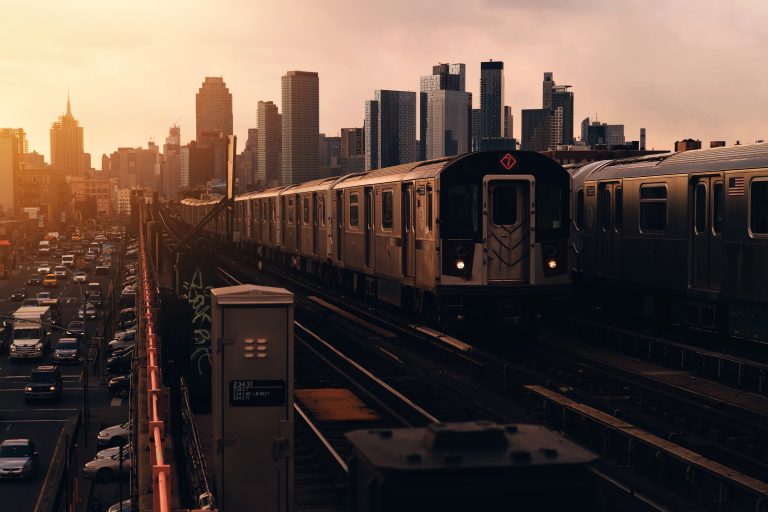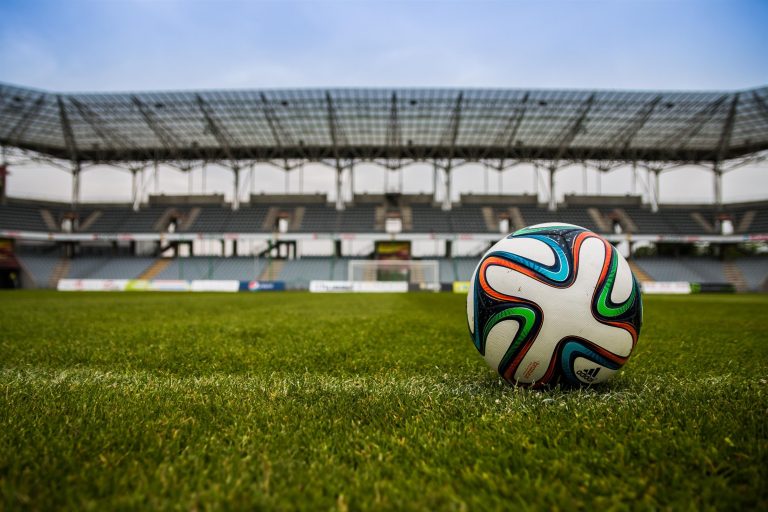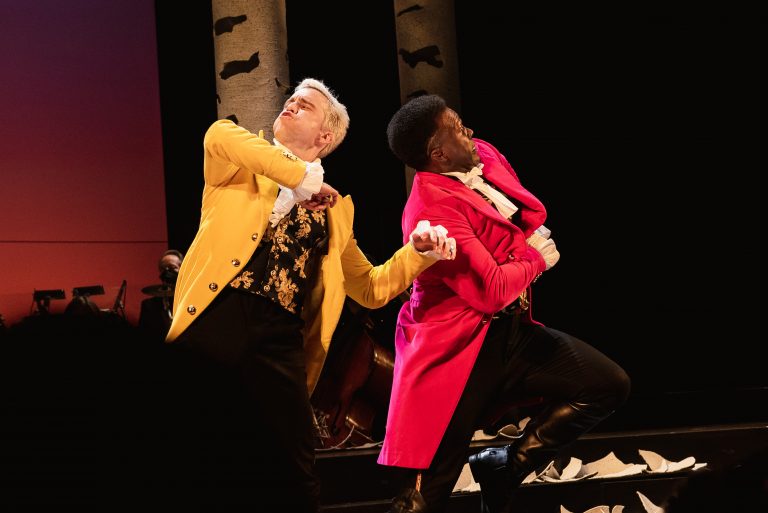African Americans in Baseball: Bases Empty
Major League Baseball (MLB), America’s oldest professional sports league founded in the 1870s, marked history when drafting its first African American player in 1947. MLB is now notorious for its underrepresentation of African Americans. This post explores the reasons for the lack of representation and expands on current efforts by the MLB to bring black talent into the sport.

Diversity in the MLB
Major League Baseball–America’s oldest past-time–signed its first African American player, Jackie Robinson, in 1947, over 70 years after its founding. Before that historic moment, Robinson was part of the now-defunct Negro League (NLB). His signing marked an increase in African American presence in the MLB; Black players comprised nearly 20% of the league by 1980. Unfortunately, this initial growth began steadily declining and continues to do so today. Today, African American players represent just 7% of the league.
In addition to the lack of player diversity, managerial diversity is also lacking. As of 2022, there are only two black managers out of the 30 teams in the league. A study on MLB managers from 2010 to 2019 focused on hiring and firing trends and found that black managers had fewer chances if their team lost when compared to white managers despite equal or higher experience levels.
The commonly attributed causes of low Black representation are the popularity of basketball and football (both having African American player majorities) and the growing association of baseball with the Latino community. While these are true, it is essential to consider other contributing causes.
What Caused a Decline in Black Talent in Baseball?
Recruitment
Jackie Robinson’s success brought initial excitement to recruit more African American players from the inner cities, primarily because of the possibility of paying them less than white players. By 1982, however, less than 3% of scouts were black. In a recent discussion between five talent scouts, Jaren Madison from the Chicago Cubs highlights implicit bias‘s role in scouting practices. To make matters worse, MLB began recruiting more players through colleges, where African Americans were underrepresented. Colleges had limited baseball scholarships, unlike basketball and football, and Historically Black Colleges and Universities (HBCUs) were defunding the sport altogether.
Socioeconomic Status and Wrongful Incarcerations
Since 1979, the United States lost 7.2 million factory jobs, forcing black men to work longer hours in lower-paying jobs. Fees for Little League Baseball increased while tax funds decreased, and parents had less time and resources to volunteer. Federal law and implicit bias made it easier for white families to obtain jobs, take out loans, and purchase housing. Abundant resources in white suburban communities allowed them to develop their Little Leagues, unlike urban black communities. Steve Williams from the Pirates explains how a parent told him he would have to mortgage his house if he wanted his children to have exposure to scouts. In addition, the War on Drugs from the 1980s and 90s incarcerated many African Americans for nonviolent offenses. As a result, many black children grew up with one parent, and while the household prioritized making ends meet, black children would turn to more economically accessible sports.
Professional Trajectory
Many players seek college to refine their skills and become more appealing picks. The inaccessibility of college for low-income black families puts them at a disadvantage in seeking professional opportunities. If drafted, most players spend years in the minor leagues before they debut, if they debut, in the majors. A reporter from the Washington Post writes, “A lot of Black kids looked up and saw stars in the NFL and NBA who come right out of high school or right out of college and are suddenly on national television.” In other words, children look up to the young black talent in sports, which is the least prevalent in baseball, and they dream from a young age to falling in step with these success stories.
What Are the MLB and Scouts Doing to Combat This Reality?
The most well-known effort at the youth level, Revinig Baseball in Inner Cities program (RBI), provides exposure to the sport in 200 cities for young teenagers in underserved communities. The Buck O’Neil Association and Pro-Youth Association have advocated improving efforts to uproot baseball in these communities. Other initiatives by MLB include the MLB Youth Academies and the Hank Aaron invitational. MLB has also provided funding to continue the NLB Museum operations and, in 2020, announced it would officially acknowledge NLB player statistics.
Changing the current trends will require significant changes at the amateur level. Tapping into the sentimental value that baseball has to the African American experience and separating the stigma of baseball as a “white man” sport is essential.





